NBA panic meter: How much should we worry about these 5 teams?
A week's worth of games is far too small a sample to yield any sweeping conclusions, but fans are human after all. The three or four games each team has played are the measuring stick right now, and some of the results are concerning.
Here's why a handful of teams should be feeling at least a little uneasy. We'll also rate how worried fans should be on a scale of one-to-five.
New Orleans Pelicans
Panic meter: 😟😟😟😟😟
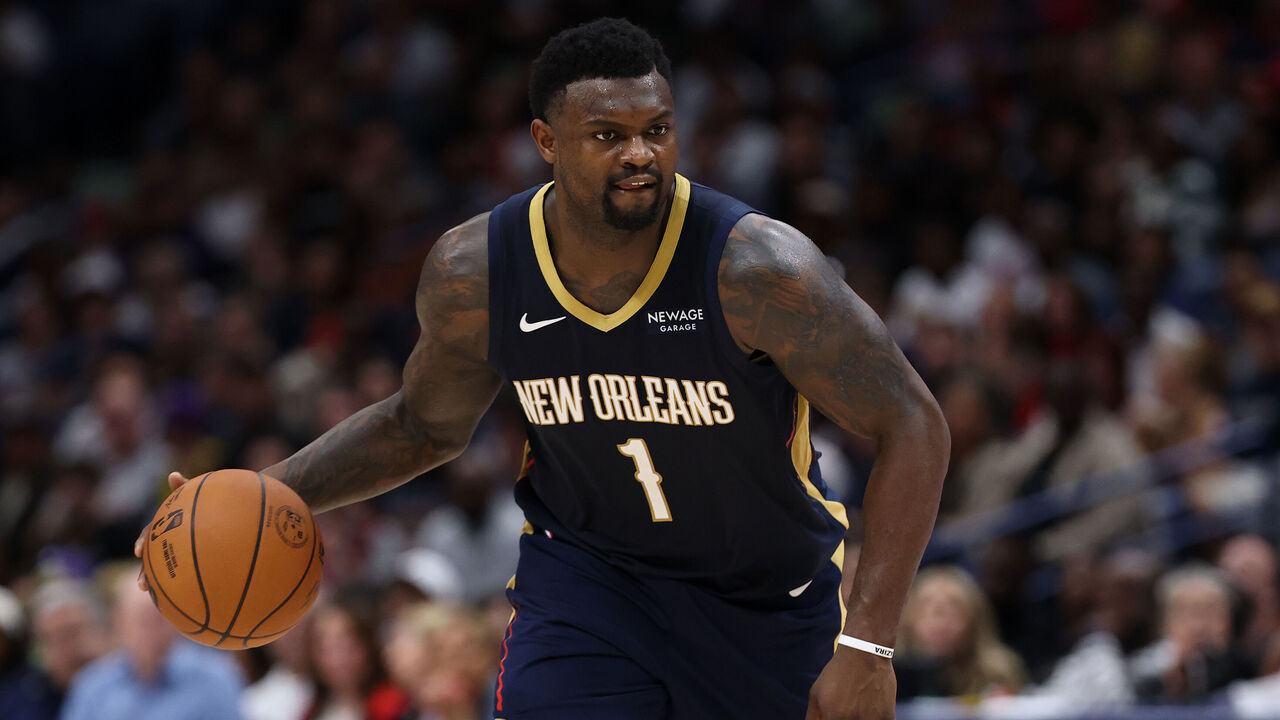
It bears repeating: A Pelicans team that went 21-61 last year, was projected to finish near the bottom of the Western Conference this season, and is often without its franchise player traded an unprotected 2026 first-round pick (the more favorable of its own selection or Milwaukee's) ahead of what should be a stellar draft class. Everyone outside of New Orleans - and plenty of fans in the Big Easy - could foresee the disaster that was about to play out.
And here we are. Despite some gaudy production from Zion Williamson, the Pels opened the season with a couple of divisional losses to the Grizzlies and Spurs, then got run out of their own building by a previously winless (and Tatum-less) Celtics squad. Williamson missed that third game with a bone bruise in his left foot.
Barring the emergence of rookie Derik Queen as a legitimate star, there will be no bigger train wreck this season than Joe Dumars' Pelicans.
Orlando Magic
Panic meter: 😟😟😟😟
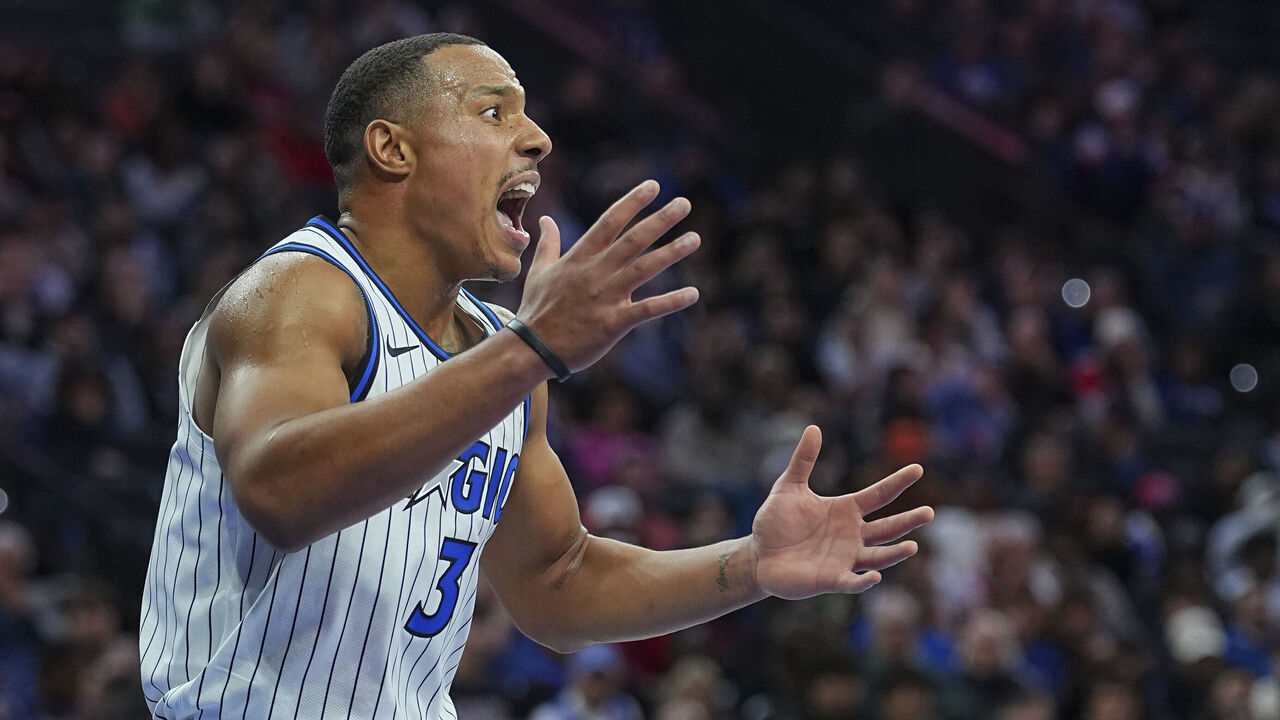
Speaking of things that bear repeating, the Magic haven't finished higher than 22nd in offensive efficiency since 2011-12. The acquisition of three-level scorer Desmond Bane was supposed to fix that, plugging the biggest hole on an otherwise solid East playoff team. That's why I believed the pick-heavy price Orlando paid for Bane was worth it.
A week into the new season, the Magic rank 25th in overall efficiency, 27th in half-court efficiency, and 24th in expected efficiency, according to Cleaning the Glass. That helps explain Orlando's 1-3 record despite being favored in all four games.
Bane's usually dependable 3-point stroke has yet to stabilize, but there's no need to worry about that. His efficiency will be there as the sample size grows. The bigger concern is how out of sorts Paolo Banchero has looked on the offensive end.
The Magic are still a young team and the weak East allows for some early hiccups, but there is more urgency in Orlando than you might think. The Bane deal and recent extensions for Banchero (worth $239 million-$287 million) and Franz Wagner mean the Magic are a projected second-apron team next season. There are ways to avoid that restrictive category, like ditching Jonathan Isaac's non-guaranteed contract. And there are ways to get around not having a tradeable first-rounder until 2032, since there is some cost-controlled young talent on the roster. But tough decisions lurk around the corner, and the Magic were hoping to confront them on the heels of a wildly successful season. Does this seem like the start of one?
Toronto Raptors
Panic meter: 😟😟😟
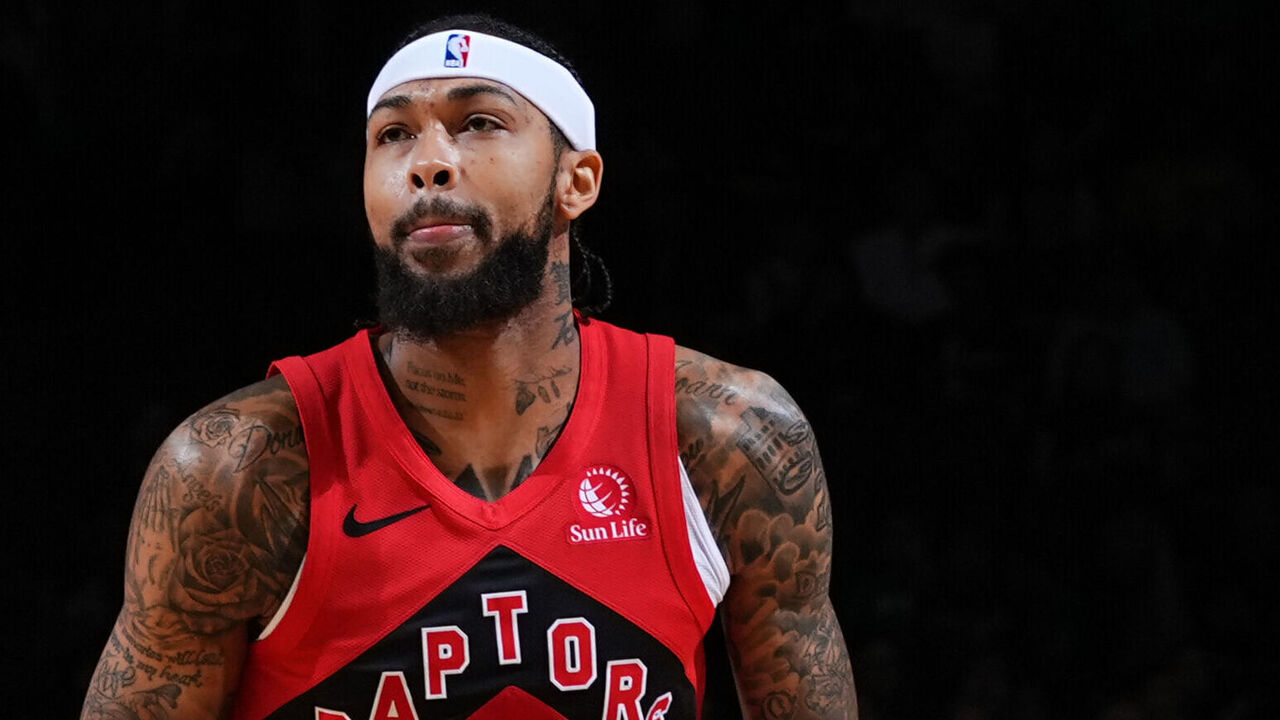
Toronto's 1-3 start is concerning more because of the process than the results - the Raptors' record is probably in line with expectations given their tough early schedule.
But starting point guard Immanuel Quickley and starting center Jakob Poeltl, who are both on sizable contracts through at least 2029, have been dreadful. Quickley has been a turnstile on defense while shooting 18% from deep. Poeltl, clearly hampered by a bad back, has no lift on either end.
Scottie Barnes, Brandon Ingram, and RJ Barrett have been productive and efficient, with Barnes also flashing his all-world defensive potential. But the franchise star has given up at least one easy bucket while arguing with officials with his back turned to live play.
Then there's the overall decision-making. Toronto's personnel doesn't look capable of executing head coach Darko Rajakovic's pressure-packed defensive schemes; every player on the Raptors' roster is guilty of over-helping or getting involved in a nonsensical defensive rotation at least once per quarter. This expensive team looks lost, and that's the kind of thing that eventually leads to dreaded early-season closed-door meetings and uncomfortable questions.
Minnesota Timberwolves
Panic meter: 😟😟
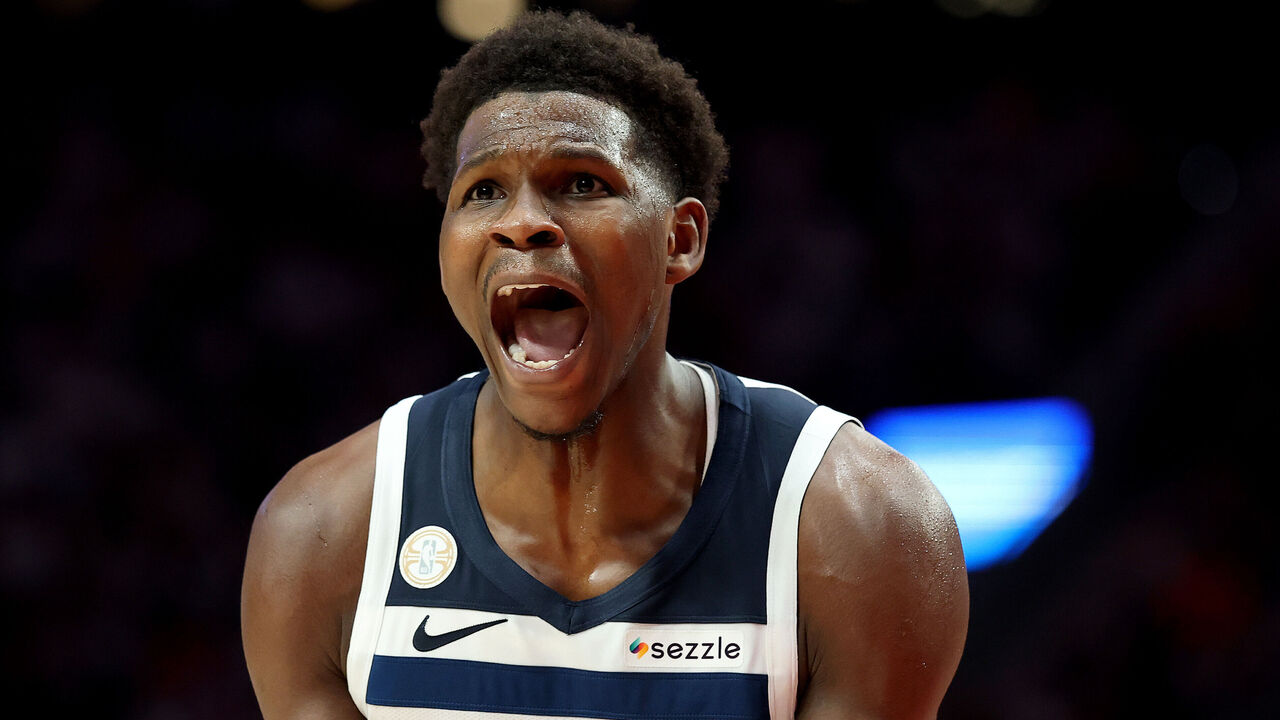
If you use against-the-spread metrics to determine how teams have performed compared to game-by-game expectations, only the Magic have been more disappointing than the Timberwolves.
Minnesota's defense has been uncharacteristically awful, and its offense is about to be tested by the absence of Anthony Edwards, who's expected to miss at least eight games due to a hamstring strain. The Wolves have a fairly easy schedule over the next couple of weeks, Julius Randle has looked great thus far, and this team has demonstrated resiliency before. But if Minnesota can't tread water without Edwards, or if Ant Man ends up sidelined for a longer period of time, the unforgiving West can bury a team quickly. That's a scary thought for a first-apron franchise that can't trade another first-rounder until 2033 - a year in which draft picks aren't even movable yet.
Atlanta Hawks
Panic meter: 😟
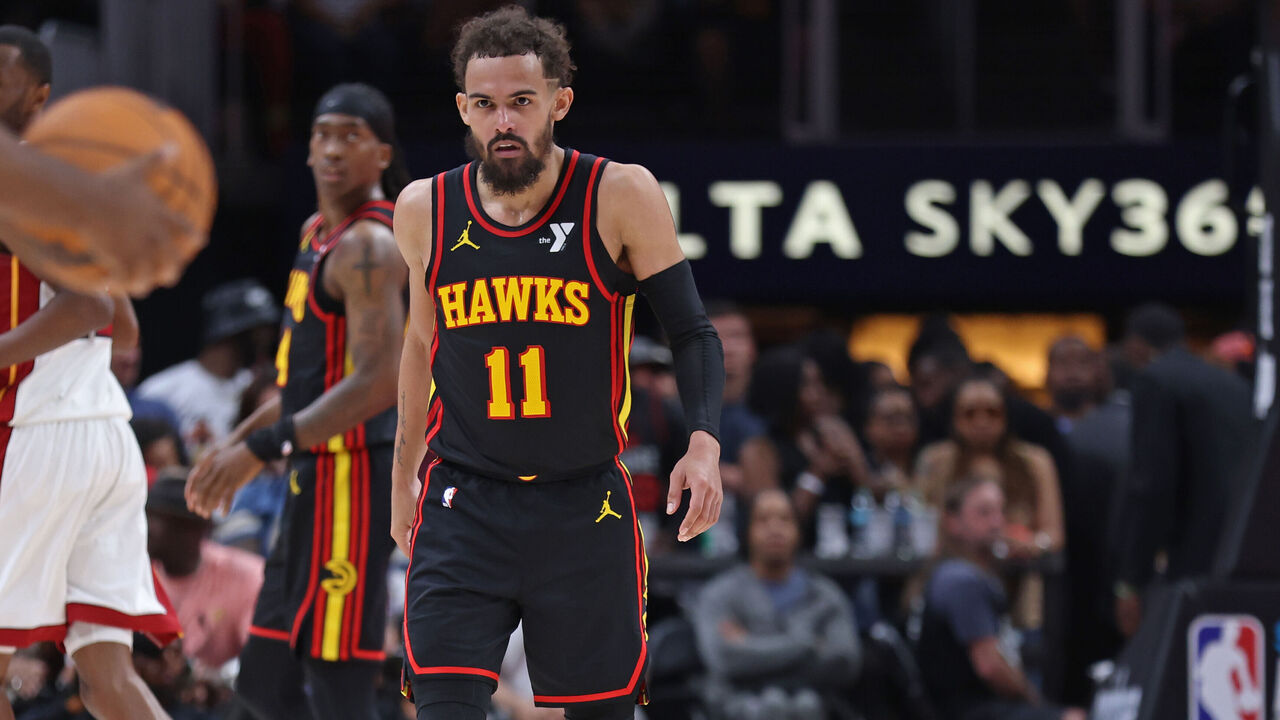
What does it say about the Hawks that the aforementioned Raptors' only win came in Atlanta, where Toronto hung 138 points on them?
Like Orlando (which handed the Hawks their only win), Atlanta was supposed to challenge for a top-three seed and threaten the East's balance of power. The Hawks still might, but a 1-3 start in which Trae Young has been the league's second-least efficient 20-point scorer while continuing to bleed points on the other end hasn't inspired much confidence.
There's at least some reason to panic: Atlanta's been disappointing thus far and faces some big questions about Young's future. But that Pelicans pick and youngsters like Jalen Johnson, Dyson Daniels, Zaccharie Risacher, and Asa Newell allow the Hawks to breathe a lot easier than anyone else on this list.
Joseph Casciaro is theScore's lead NBA reporter.
HEADLINES
- Harden: Clippers in 'difficult' situation after rough November
- Flagg youngest in NBA history with 35-point game as Mavs beat Clippers
- East-leading Pistons hold off Heat to snap 2-game skid
- Hornets erase 17-point deficit to end Raptors' 9-game win streak
- Thunder's Hartenstein out at least 10-14 days with calf strain